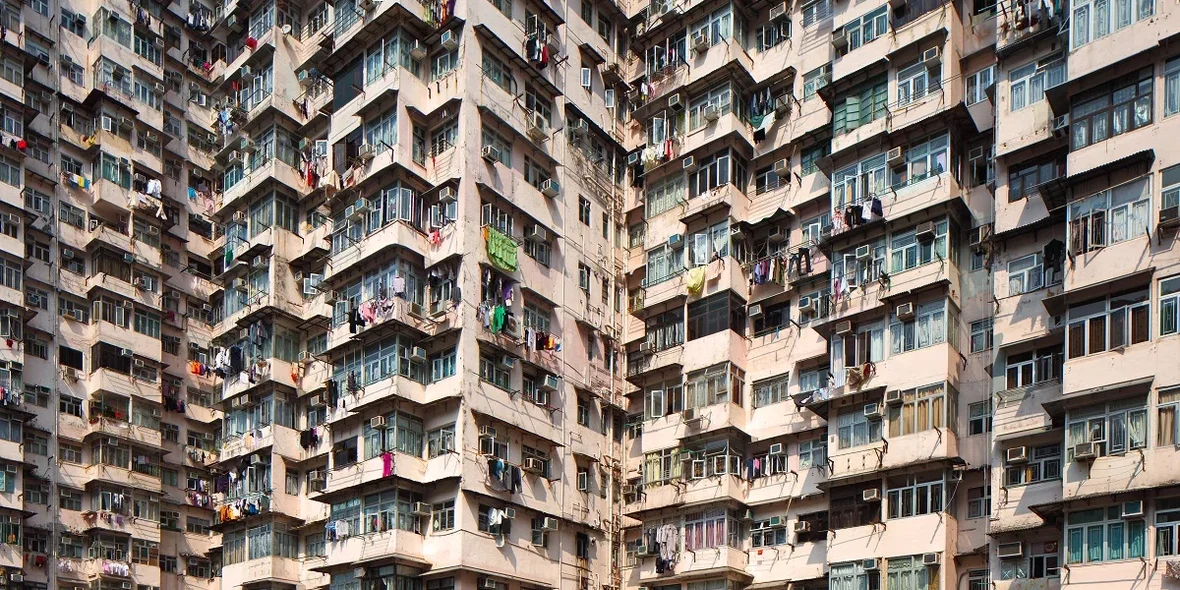
The Most Populous Countries and Cities in the World
In November 2022, the world’s population had already reached 8 billion, and it continues to grow — approximately 140 people are born every minute. Where are population growth rates most significant, and where do the most people live? We’ve analyzed the latest data and compiled a top 10 list of the most populous countries and cities.
Tracking real-time global births and deaths is logistically impossible, so demographers rely on sophisticated mathematical models to create detailed estimates and forecasts. Where do most people live today, what drives these trends, and what do experts predict? We explore these questions in this article.
Top 10 Most Populous Countries in the World
India has overtaken China and remains the world’s most populous country. Here’s the updated ranking for 2025:
- India — 1,463,870,000 people. Area — 3,300,000 km².
- China — 1,416,100,000 people. Area — 9,700,000 km².
- United States — 347,276,000 people. Area — 9,400,000 km².
- Indonesia — 285,721,000 people. Area — 1,900,000 km².
- Pakistan — 255,220,000 people. Area — 881,900 km².
- Nigeria — 237,513,000 people. Area — 923,800 km².
- Brazil — 212,841,000 people. Area — 8,500,000 km².
- Bangladesh — 175,723,000 people. Area — 147,600 km².
- Russia — 143,997,000 people. Area — 17,100,000 km².
- Ethiopia — 132,660,000 people. Area — 1,100,000 km².
|
Rank |
Country |
Population (millions) |
Area (km²) |
Annual growth rate (%) |
|
1 |
India |
1,463.9 |
3,300,000 |
0.89 |
|
2 |
China |
1,416.1 |
9,700,000 |
-0.23 |
|
3 |
USA |
347.3 |
9,400,000 |
0.54 |
|
4 |
Indonesia |
285.7 |
1,900,000 |
0.79 |
|
5 |
Pakistan |
255.2 |
881,900 |
1.57 |
|
6 |
Nigeria |
237.5 |
923,800 |
2.08 |
|
7 |
Brazil |
212.8 |
8,500,000 |
0.35 |
|
8 |
Bangladesh |
175.7 |
147,600 |
1.22 |
|
9 |
Russia |
144.0 |
17,100,000 |
-0.57 |
|
10 |
Ethiopia |
132.7 |
1,100,000 |
2.53 |
What drives population growth?
- Advances in medicine that increase life expectancy.
- Improved healthcare in developing countries reducing infant mortality.
- High birth rates in African and South Asian countries, such as Nigeria (2.08%) and Ethiopia (2.53%).
Notably, major European economies—such as the UK, Germany, France, and Italy—have populations under 100 million. Canada, despite its vast land area and economic power, has only about 42 million residents. The least populous countries include Vatican City, Niue, Tokelau, Montserrat, and microstates like Monaco and Liechtenstein.
The full list of countries and real-time data can be tracked at World Population Review.
Top 10 Most Populous Cities in the World
Europe’s most populous city, Istanbul (about 16 million people), does not make the global top 10. Below is the ranking of the world’s largest cities by population in 2025:
- Tokyo (Japan) — 37,036,200 people.
- Delhi (India) — 34,665,600 people.
- Shanghai (China) — 30,482,100 people.
- Dhaka (Bangladesh) — 24,652,900 people.
- Cairo (Egypt) — 23,074,200 people.
- São Paulo (Brazil) — 22,990,000 people.
- Mexico City (Mexico) — 22,752,400 people.
- Beijing (China) — 22,596,500 people.
- Mumbai (India) — 22,089,000 people.
- Osaka (Japan) — 18,921,600 people.
|
Rank |
City |
Country |
Population (millions) |
Annual growth rate (%) |
|
1 |
Tokyo |
Japan |
37.0 |
-0.21 |
|
2 |
Delhi |
India |
34.7 |
2.54 |
|
3 |
Shanghai |
China |
30.5 |
2.06 |
|
4 |
Dhaka |
Bangladesh |
24.7 |
3.00 |
|
5 |
Cairo |
Egypt |
23.1 |
1.88 |
|
6 |
São Paulo |
Brazil |
23.0 |
0.78 |
|
7 |
Mexico City |
Mexico |
22.8 |
0.95 |
|
8 |
Beijing |
China |
22.6 |
1.85 |
|
9 |
Mumbai |
India |
22.1 |
1.66 |
|
10 |
Osaka |
Japan |
18.9 |
-0.24 |
The full list of cities can be viewed at World Population Review.
What Do Experts Predict?
While the world’s population continues to grow, the rate of growth is slowing. The peak growth rate occurred in 1970 (2.06% annually), but by 2020, it fell below 1% (0.87%) for the first time since 1950.
According to UN forecasts:
- By 2030, the global population will reach 8.5 billion.
- By 2050, it will hit 9.7 billion.
- By 2080, it will peak at 10.4 billion, then stabilize.
- By 2100, the population may begin to decline.
The most significant growth is expected in sub-Saharan African countries, such as Nigeria and Ethiopia, where high birth rates persist. Meanwhile, Eastern Europe, including Russia (-0.57%), will likely see population declines due to low birth rates and aging populations.
The proportion of people over 65 will rise from 10% in 2022 to 16% by 2050, creating economic and infrastructural challenges as the working-age population shrinks. By 2050, the elderly will outnumber children under 5 by a factor of two.
Author
I am responsible for editorial work. I write expert interviews and guides.





















